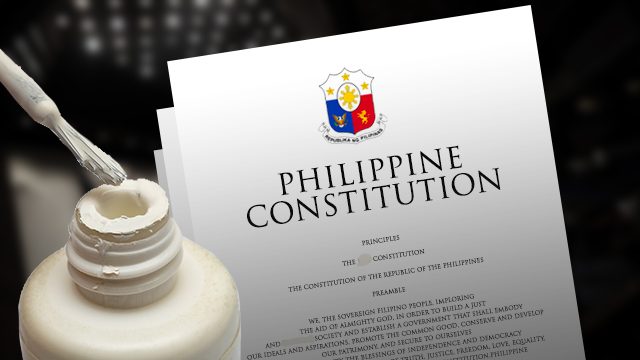The EDSA People Power Revolution of 1986 was a peaceful mass demonstration in the Philippines that resulted in the downfall of President Ferdinand Marcos and the rise of Corazon Aquino as President. However, the revolution failed to bring about significant changes in the country's political and economic systems.
One reason for the failure of the EDSA People Power Revolution was the lack of a clear plan for post-revolutionary governance. The Aquino administration had difficulty maintaining unity among the diverse groups that had participated in the revolution, and there was a lack of consensus on what the new government should do.
Another reason for the failure of the EDSA People Power Revolution was the lack of political will to implement real change. Many members of the Aquino administration were former Marcos supporters, and they were not committed to fundamentally changing the systems of corruption and patronage that had been in place under Marcos.
Additionally, the failure of the EDSA People Power Revolution was a result of the lack of effective leadership. The Aquino administration was plagued by infighting, political maneuvering, and a lack of decisive action, which hindered its ability to effectively govern the country.
Overall, the EDSA People Power Revolution of 1986 was a momentous event in Philippine history, but it ultimately failed to bring about the lasting change that many Filipinos had hoped for.









